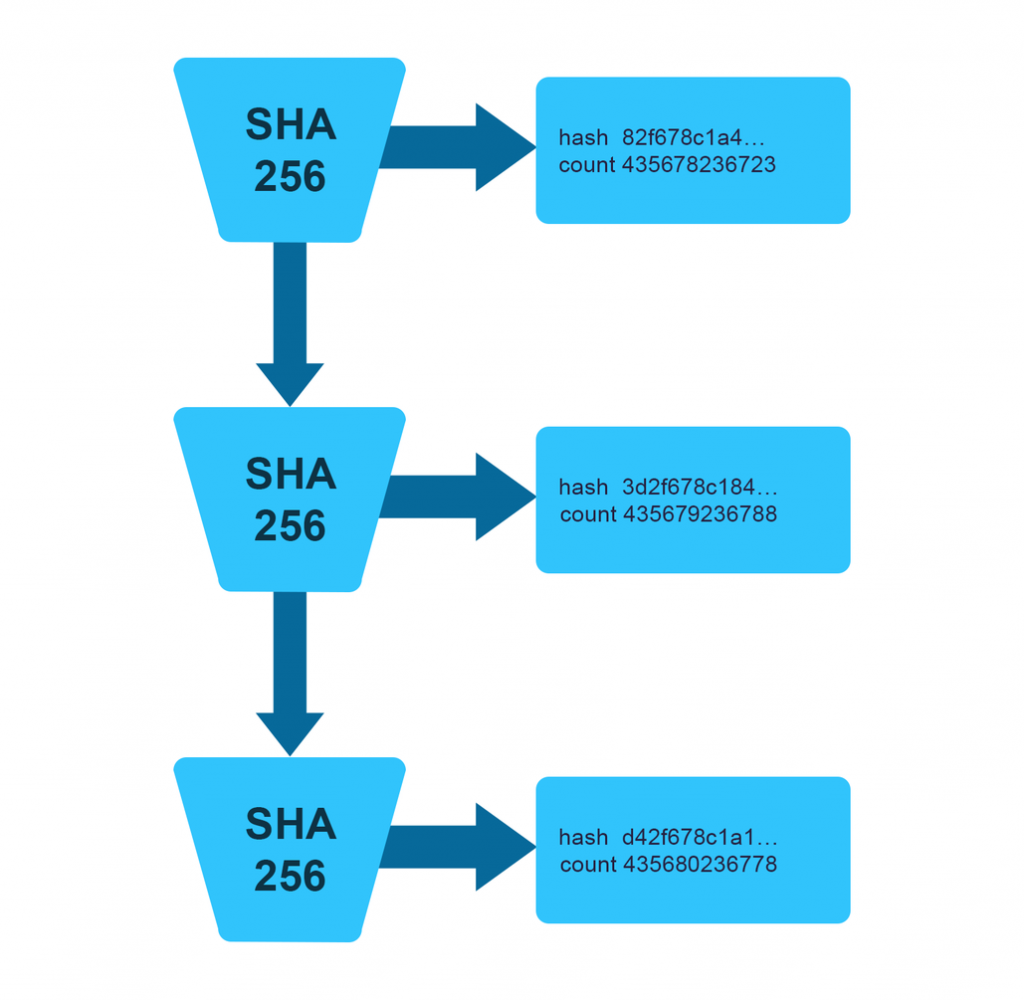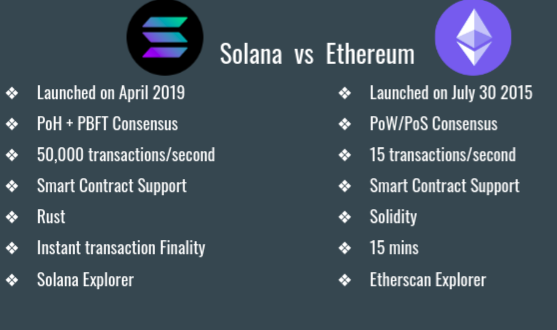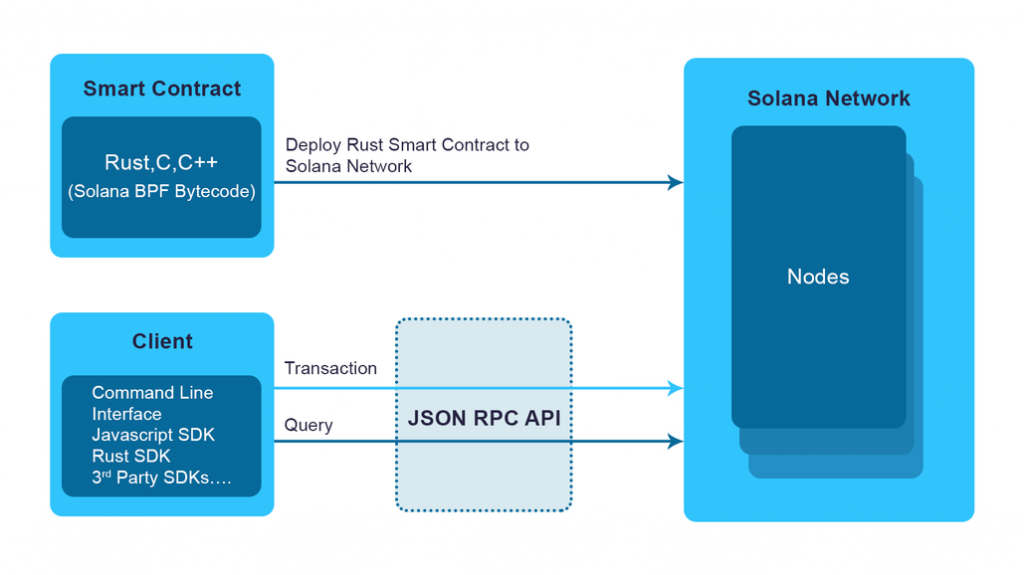If you’re a crypto enthusiast, Ethereum is no new phenomenon to get introduced. The Bitcoin alternative did not take much time to build a huge fanfare of its blockchain architecture enabling smart contracts and decentralized applications to be built and run without any downtime, control, or interference from a third party. Ethereum blockchain simply wanted to create a decentralized suite of products that anyone can freely access without any geography of ethnicity, or faith, making it a compelling and most sought after blockchain. However, as time changes, Ethereum has also started suffering from stiff competition by other blockchains in the market. With significantly lower transaction costs and faster transaction speeds, Solana is now acting like the most dreaded Ethereum killer. Solana has been a trending topic for the past few times due to the successive price hike of its SOL token. Solana now sits among the top 10 cryptocurrencies by market capitalization with about $60 billion, claiming the sixth spot from Dogecoin (DOGE).
However, what is Solano?
Will it be a threat to Ethereum Blockchain?
Let’s quickly analyze.
The simplest way to explain Solana is it is an Ethereum like Blockchain, however, with some steroids. Anatoly Yakovenko (Founder of Solana), previously worked for Qualcomm and Dropbox. He closely observed Bitcoin and Ethereum and noted their Scalability issues.
Taking this as a serious note, Anatoly Yakovenko introduced a new concept for solving scalability problems. The proposal got officially released in 2017 to the world in the form of a white paper.
The aim was to build a scalable network. Solano Team successfully raised $1.5 million in seed funding and now it has raised $314 million of new funding. Solana launched on Mainnet Beta in Mar. 2020. Solana network currently supports 50k transactions/second and 400ms block time(a measure of time it takes to produce a new block).
Following are the main features of Solana
- Scalability
Solana achieves scalability using CPU and GPU power only. There is no need for complicated layer 2 solutions similar to Ethereum.
- Speed
Solana creates a block every 400 milliseconds and transaction speeds of 50,000 transactions per second so compared to other public blockchains it has high speed.
- Validators
Solana has a global network of 1000 validators (will change count, you can check real-count here). Anyone can be a validator in the Solana network, with no minimum staking requirement.
- Transaction Fees
Solana costs about 10 $ for every 1 million transactions now. It will vary depending on transactions occurring in that network.
Scalability Trilemma

Solana team wants to build a scalable network, which is much faster than any existing public blockchains. Ethereum founder Vitalic Buterin wrote
“The scalability trilemma says that there are three properties that a blockchain try to have (scalability, security, and decentralization)”. Bitcoin and Ethereum both use the Proof of Work consensus algorithm for validating the transactions. Proof of work algorithm provides decentralization and security but it does not have scalability. So Anatoly provides a solution for improving scalability in his white paper that mechanism is called Proof of History.
Proof of History- A clock before Consensus
One of the most important problems in a distributed system is agreement on time. Instead of trusting the timestamp how we could prove the message is occurred sometime before and after an event? If you are taking a photo of yourself with the cover of the Hindu Newspaper, actually you are creating proof of that photograph taken after the newspaper was published. Proof of History is very similar to this example. Using this technique you can create historical records that prove an event has occurred at a specific time. Each Solana validator maintains its own clock by encoding the passage of time using SHA-256, a sequential hashing verifiable delay function.

8 Innovations of Solana Blockchain
Next, we are going to look at 8 Innovations that help to achieve the Solana scalability feature. Following are that eight innovations.
- Proof of History: A clock before Consensus
- Tower BFT: PoH Optimized version of PBFT
- Turbine: Block Propagation Protocol
- Gulf Stream: Mempool-less transaction forwarding protocol
- Sealevel: Parallel Smart-Contracts Execution
- Pipelining: A transaction processing unit for validation optimization
- Cloudbreak: Horizontally-scaled account database
- Archives: Distributed ledger Storage
Solana Vs Ethereum
Both Ethereum and Solana have some similarities: decentralized, open-source, public blockchain, etc. However, these blockchains also have some differences like performance and scalability features.

Solana: Smart Contract Architecture
In Ethereum virtual machine, contract logic and state combined to form a deployed smart contract. But in Solana, a smart contract is read-only program logic. Once deployed, a smart contract can interact with external accounts. The accounts that interacted with smart contract store data related to that interaction. So Solana accounts store data related to transactions and wallet information.
Solana smart contracts can be written in Rust, C, C++. Solana provides a CLI and JSON-RPC API that can be used for interaction between decentralized applications and Solana Blockchain.
Solana smart contracts bytecode is based on Berkeley Packet Filter designed for fast execution.

SOL Token:
SOL Token is the native cryptocurrency of Solana Blockchain. The current circulating supply of SOL is 297 million.

